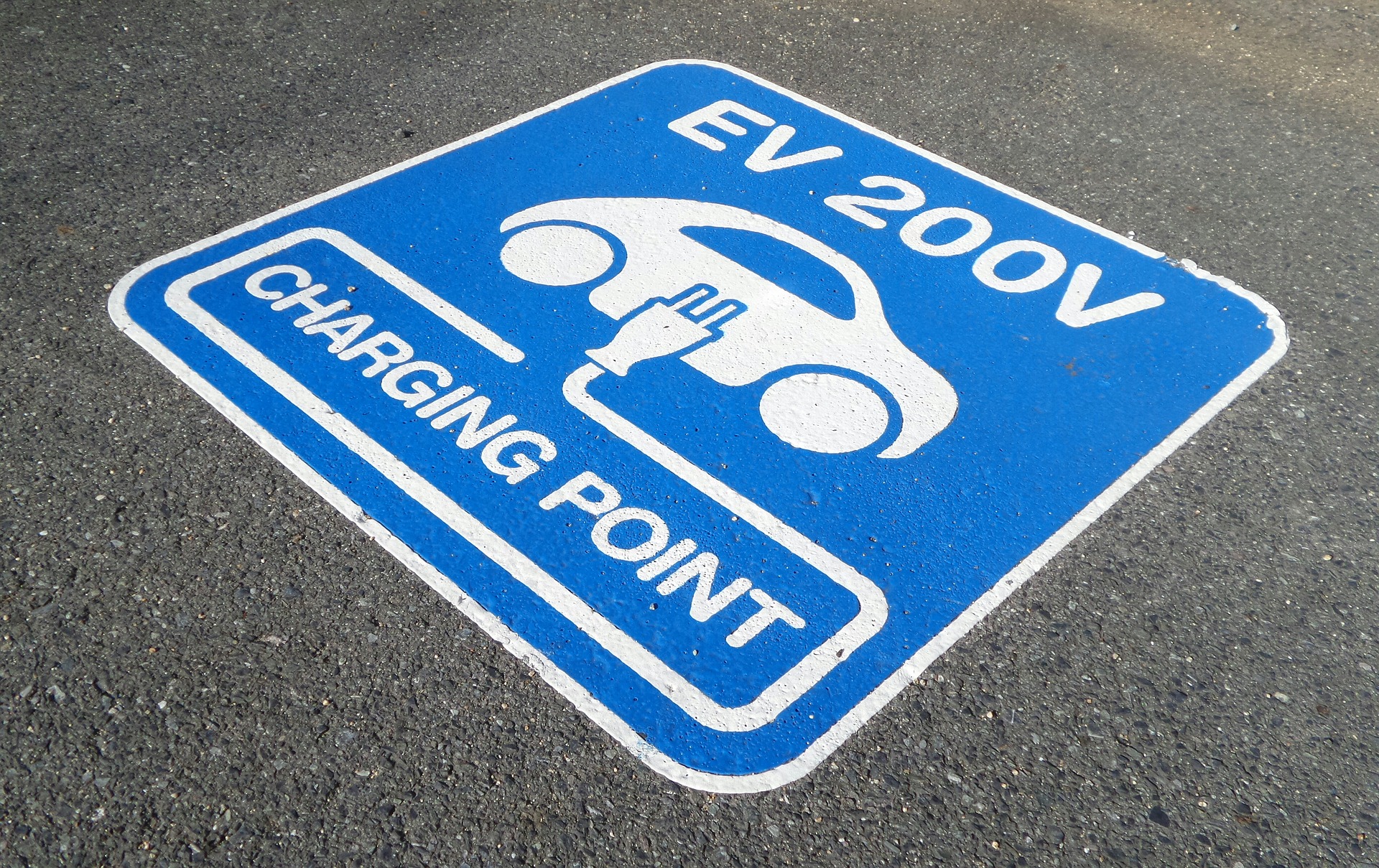In this series of seven blogs, we will cover the information you need to know about charging battery powered electric vehicles (EVs). To make the topic easier to digest, we have broken it into seven short blogs, namely:
- Part 1 – Battery and battery charging basics
- Part 2 – Battery performance measures
- Part 3 – EV battery charging – charging levels and home charging
- Part 4 – EV battery charging – outside the home; connectors and charging companies
- Part 5 – EV battery charging – problems with public charging stations; EV charging costs versus ICE-powered fueling costs
- Part 6 – Looking at EV charging’s big picture
- Part 7 – Trends in solar power that will accelerate the move to electric vehicles
Battery performance measures:
Before we discuss measuring battery performance, we need to understand the distinction between power and energy.
- Power is the rate at which energy is consumed or generated. The watt is a common unit used to describe electrical power. Joules per second is another common power unit. One watt equals one joule per second. A kilowatt is 1,000 watts, a megawatt is 1,000,000 watts….you get the idea. (Watts are merely the result of multiplying volts times amps.)
- Energy is a measure of the amount of power used over a specific time period. The kilowatt hour (kWh) is a common unit of energy, as are BTUs, Calories, or joules. Ten 100-watt light bulbs that are lit for one hour consume one kilowatt hour of energy.
Power and energy are related by the equation: Energy = Power X Time
One other circuit wiring note: Wiring two identical batteries in series (positive to negative) doubles the voltage of the two-battery unit while its amperage remains the same. Wiring the two identical batteries in parallel (positive to positive, negative to negative) keeps the voltage identical to one battery’s but doubles the available amperage capacity.
To illustrate battery performance measures, we will compare the 18650 Panasonic cells Tesla uses in their Models S and X with the Tesla 2170 cell made by Panasonic that Tesla uses in their Models 3 and Y. Note: Because Tesla is very protective of their battery formulations and specifications, the figures used in this comparison are an average of current best measurements and estimates by industry experts.
The first four digits of each battery’s part number indicate its diameter and height. Thus the 18650 battery is 18 mm in diameter and 65 mm in height.
Battery kilowatt hours represent the amount of energy stored (or storable at full charge) in the cell or battery. In Tesla’s cylindrical cells, the 18650 cells each have about 12.4 watt hours of energy, the 2170 cells each have about 18.0 watt hours of energy. The 2170 cell is larger, so it stores more energy.
A common measure of an electric vehicle’s efficiency and battery system is how far a vehicle can typically be driven on one kilowatt hour (kWh) of energy. Currently, Tesla models generally excel in this measure, many models ranging from 4.0 to 4.8 miles per kWh. As of November 22, 2019, of the 15 battery powered electric vehicles (BEVs) available on the US market listed by EVAdoption, three of the top five cars above 4.0 miles per kWh are Teslas, and two are from Hyundai – their Ioniq and Kona Electrics. The Jaguar I-PACE is at the bottom of this list at 2.6 miles per kWh. A 2020 arrival, Porsche’s dual motor circa $200,000 Taycan Turbo S electric vehicle only achieves a rated 2.06 miles per kWh, despite its huge 93.4 kWh battery!
Battery voltage represents the amount of electrical “pressure” available to cause electrons to flow in a circuit – the current in electrical terms, typically expressed in units of amperes. 18650 and 2170 cells both operate at a nominal 3.7 volts.
Batteries are also measured in terms of their overall capacity – how long they can deliver a current reliably. The 18650 cell is rated at 3.4 Ah or Amp hours; the 2170 is rated at 5.0 Ah, 47% higher than the 18650 battery.
There are several other important cell and battery performance metrics that are often considered.
- Gravimetric energy density – in Wh/kg (kilogram). 18650 cell = 254 Wh/kg; 2170 = 260 Wh/kg
- Volumetric energy density – -in Wh/L (liter). 18650 cell = 755 Wh/L; 2170 = 742 Wh/L
- Cell mass in kg – 18650 = 0.049 kg; 2170 = 0.068 kg
- Cell volume in L – 18650 = 0.0165 L; 2170 = 0.024 L
A comparison of the 18650 and 2170 cells shows that they deliver about the same energy density. Obviously, one needs fewer 2170 cells for the same overall energy capacity. Fewer cells per vehicle battery equals lower costs!
There is one other confusing battery measurement that concerns many electric vehicle prospective owners and/or owners, and that is the number of charge/discharge cycles the battery is capable of before having degraded sufficiently to be incapable of operating the vehicle in a normal way. This measurement depends on several key factors such as:
- The charge and discharge duration. Shorter and faster means a longer cycle life.
- The temperature of the battery and its environment. To a point, the colder the battery temperature, the more cycles possible. Excess heat is deleterious to battery life!
- Charging gap, i.e., the difference between the upper charge figure and lower figure, commonly known as Depth of Discharge (DOD). Typically, most electric vehicle owners, particularly if on the road, will stop to recharge when the vehicle’s battery is at around 20% of full charge. Experienced and time-conscious owners, unless they are stretching for the very best range, will then charge up to a level of 80% to 90%, not 100%!
The reason for this practice is that lithium-ion batteries charge very quickly when nearly depleted, but their charge rate slows markedly as the battery’s charge approaches 100%. However, many battery companies test their battery charge/discharge cycles to establish a rating from 100% to 70% and back, for instance. This charge/discharge cycle is much faster, easier on the battery’s chemistry, and leads to a higher charge cycle rating.
- The battery’s “end of life” state. Some testers say the end of life of a lithium-ion battery is 50%, others say 80%. Obviously, if 80% of the battery’s original charge capacity is used for testing, that means a shorter battery life and less possible charge/discharge cycles in the battery’s life.
In most Tesla models, on average a full battery charge is good for in excess of 300 miles of driving. If, at a minimum, we assume the vehicle’s battery is good for 500 full charging cycles, that’s potentially around 150,000 miles of driving – about 12.5 years’ worth for the average family driver. Note that a very high percentage of electric vehicle owners with home chargers simply plug in their vehicles every evening and emerge the next morning to find a fully charged vehicle battery – just as they do with their cellphone!
As we will see later, battery life is not a critical concern for most later model electric vehicle owners, with many Tesla batteries lasting some 400,000 to 500,000 miles. With the average person driving about 12,000 miles a year, the vehicle’s battery life will likely match or exceed that of the original owner’s at the time of purchase!
Many environmentally concerned people worry about what happens to an electric vehicle’s old battery after it can no longer be used in the vehicle – usually when it hits a degradation level of about 80%. These batteries, while no longer sufficient to power the electric vehicle, are still working batteries with perhaps 20 plus years of life left when used as electrical grid storage devices. Indeed, they are worth money and can be sold to electric power storage companies.
The next blog in this series is: EV battery charging – charging levels and home charging
Your feedback in the form of comments or suggestions are welcome in the comment window. Thank you for following my blogs on this site and for participating in my blogging community.




